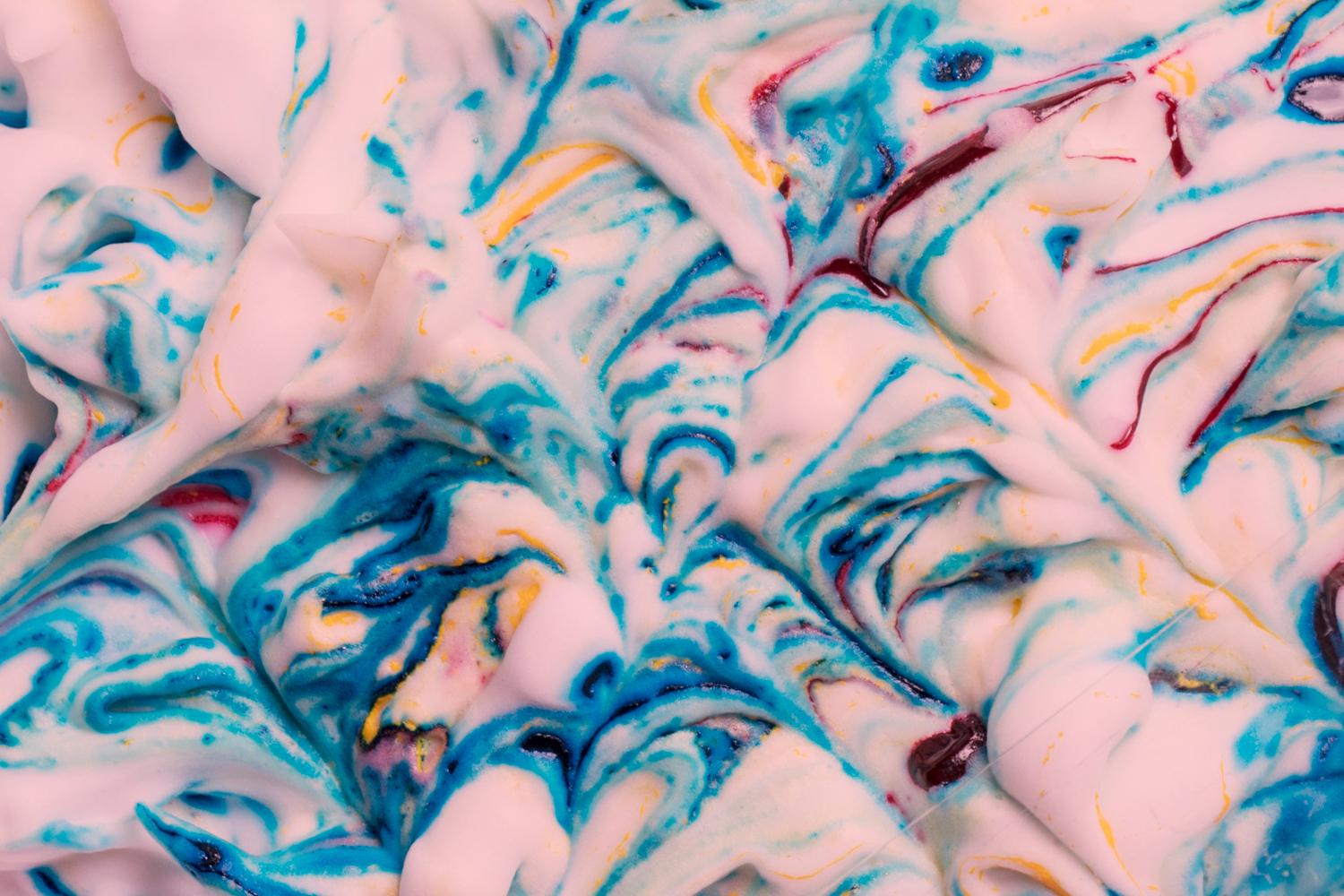So what is fiber reactive dye? Fiber reactive dyes are used in the textile industry to dye cellulosic fibers like cotton, linen, and rayon. These dyes are known for producing bright and long-lasting colors that are resistant to fading, washing, and rubbing. Unlike other dyes, which simply coat the surface of the fibers, fiber-reactive dyes penetrate the fibers and chemically react with them, creating a bond that is much stronger than the bond created by other dyeing methods.
The process of dyeing with fiber-reactive dyes is carefully controlled to ensure that the conditions are optimal for the reaction to take place. The dye solution is applied to the fibers, and then the fibers are treated with a chemical activator that facilitates the reaction between the dye and the fibers. The temperature, pH, and other conditions are carefully controlled during the process to ensure that the desired results are achieved.
Uses of fiber reactive dye
The use of fiber-reactive dyes in the textile industry has many benefits. It allows for the creation of bright and long-lasting colors that are resistant to fading and deterioration over time. This makes fiber-reactive dyes a popular choice for those who want to achieve vibrant and permanent color results in their textile projects. Additionally, fiber-reactive dyes are considered to be more environmentally friendly than some other types of dyes, as they produce fewer by-products and use less energy in the dyeing process.
Fiber-reactive dyes are known for their ability to produce vibrant, long-lasting colors, making them a popular choice for a variety of dyeing applications, including garment dyeing, tie-dyeing, and batik. They are also widely used for dyeing cellulosic fibers for home décor, such as curtains and upholstery.
How does fiber reactive dye work?
After addressing the fundamental question of “what is fiber reactive dye?” we will now understand how it works. Fiber-reactive dyes work by forming a chemical bond with the fibers of the material being dyed. The process starts with the application of the dye solution to the fibers. The dye molecules contain a reactive group that can react with the fibers to form a covalent bond, a type of chemical bond that is characterized by the sharing of electrons between two atoms.
In the case of fiber-reactive dyes, the reactive group in the dye molecule reacts with the hydroxyl (OH) groups in the cellulose fibers of the material, creating a chemical bond that is much stronger than the bond between the dye and the fibers in other dyeing methods. This chemical bonding makes the dye colorfast and resistant to fading, washing, and rubbing.
Overall, the process of dyeing with fiber-reactive dyes requires careful control of the temperature, pH, and other conditions to achieve the desired results. The result is a vibrant and long-lasting color on the fibers that are resistant to fading and deterioration over time.
Conclusion:
Fiber reactive dyes are a type of permanent dye that is widely used in the textile industry for dyeing cellulosic fibers like cotton, linen, and rayon. They form a chemical bond with the fibers, producing bright and long-lasting colors that are resistant to fading, washing, and rubbing.
The process of dyeing with fiber-reactive dyes requires careful control of various conditions, but the result is a vibrant and durable color that is resistant to deterioration over time. Fiber-reactive dyes are considered to be more environmentally friendly than some other types of dyes, making them a popular choice for those who are concerned about sustainability in the textile industry.
Also read,
- What is Reactive Dye in Printing, Fabric and Chemistry?
- What Are Pigment Dyes? A Comprehensive Guide
- Azo Dyes: Properties, Uses, and Synthesis | Comprehensive Guide
- What is An Acid Dye | Overview
